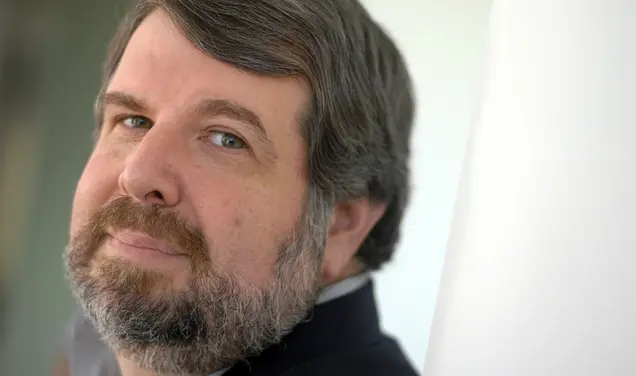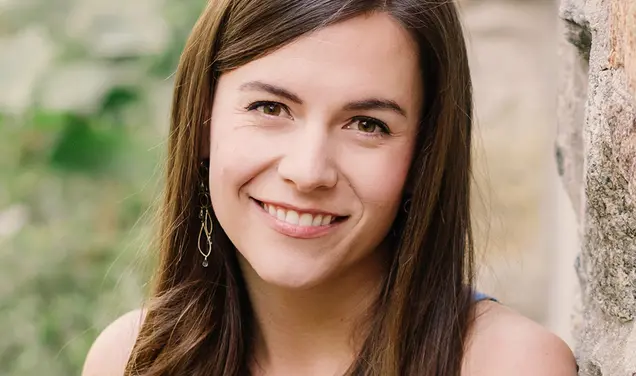The Stories of Our Lives
Many years ago, the newspaper I was working for came up with a new policy on obituaries. In addition to obits about the famous, each day’s paper would include an “everyman” obit. Every reporter would have to write some.
When my turn to write came, I struggled. Whom to choose among the dozen or so people on the list who had raised families, worked hard, and lived good lives? I remember little about the man I ultimately picked, except for this: When he came home at the end of the day, and even as an old man, he would go to his garage or his kitchen table and design inventions. He sketched. He tinkered. I don’t recall that any of his inventions ever made it to market, but I identified with this man who never stopped thinking about ways to make his ideas real.
Mat Szwajkos/Getty Images
Lebenthal ’49
This issue of PAW is our annual celebration of the lives of alumni who died during the last year (because of our publication deadlines, we include alumni who died in late 2013). Most of them are well known, though not all. As usual, we settled on a small sampling of alumni who had interesting life stories; there are many, many more.
“Obits only have one line that deals with death,” obituary writer Jade Walker said on the CBS news show Sunday Morning in 2010. “The rest of the story is about the amazing lives that people led.”
Often, the most fascinating aspects of a life are not captured on a résumé. For example, a job summary might say that financial wizard James Lebenthal ’49, who died in November, was the world’s top municipal-bond salesman. But what made him so great? He was an evangelist for New York and for his product — bonds that allowed ordinary people to help finance schools, bridges, and other vital public works. His energy came through loud and clear in his commercials, in which he’d drive through tunnels and pose near incinerators. “I’m Jim Lebenthal!” he’d say, a huge smile on his face. “Wanna buy a bridge?”
You will find stories in the memorials at the back of every PAW issue. In this issue, I learned of Joseph F. Rorke ’39, a doctor and avid stamp collector who zeroed in on a particular stamp from 1863. And Alan Crawford Jr. ’48, who said he netted more trout than most people ever see. And Ronald Li ’64, a urologist who also worked as a sheep farmer.
On the Sunday Morning show, Jan Hoffman of The New York Times spoke about preparing 75 of the newspaper’s “Portraits of Grief,” the short obituaries about the victims of the 9/11 terrorist attacks. Knowing the paper did not have space for complete life stories, she spoke to family members about the events and traits that captured what was most important.
“What I found — the singular quality that stays with me — is that almost no one talked about that person’s job,” she said. “It was about love. ... It was about connection.”










No responses yet